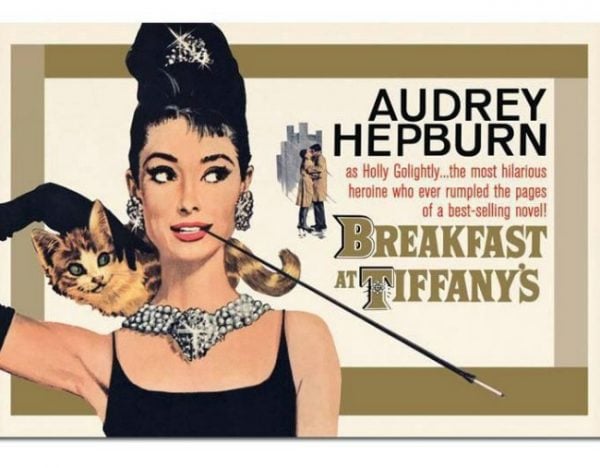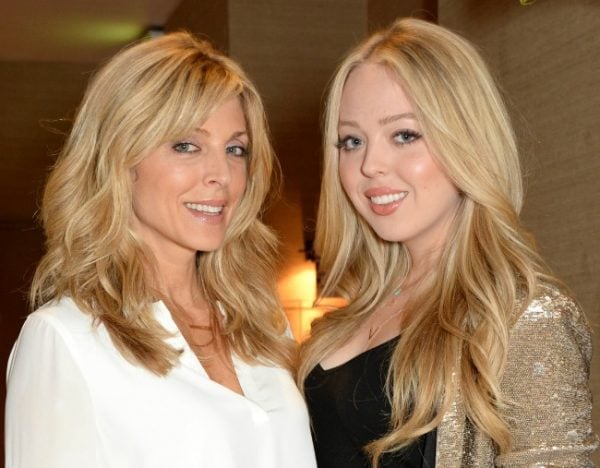
Sibylla of Normandy. Berengaria of Navarre. Agnes of Essex. Maud le Vavasour.
Oh, and Tiffany. Hey, ladies.
Yep, Tiffany was a name used for girls in the 12th century. Verily, it was. It hath been proven as a fact.
UK TV show QI blew people’s minds when it posted about Tiffany on Facebook.
“No one would believe that a woman in the Middle Ages could be named Tiffany, yet it was a real medieval name,” the post explained.
“So in medieval times one could ask, ‘How about breakfast at Tiffany’s?” asked Isaac Bobjork.
“So, I was like, and then he was like, and then we, like, died of the plague,” suggested Nathan Jenkins. “So ridic!”
“I’m still trying to come to terms with Herod’s wife being called Doris,” added Alice Klaar.



Top Comments
Yeah, still just a name. My mind is definitely not blown.